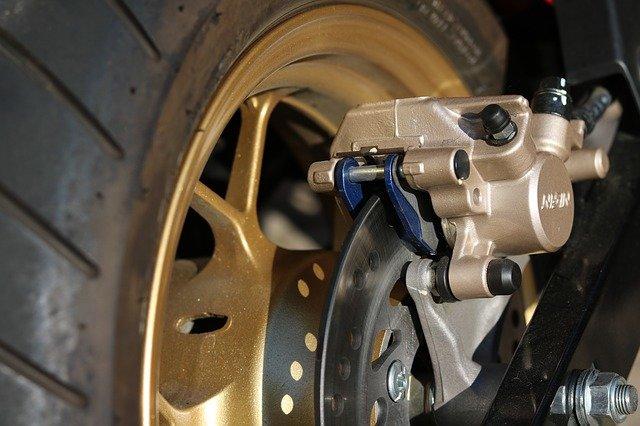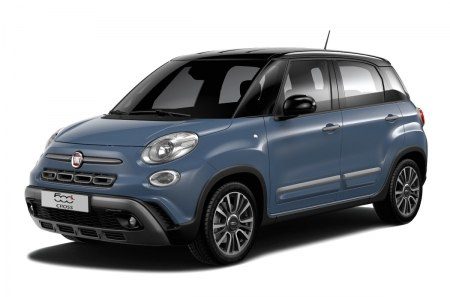How to change motorcycle brake pads?
Content
Brake pads are the lifeblood of the braking system. On a car or motorcycle, they provide a gradual stop of the vehicle, faster or less quickly depending on the pressure applied to the brake. In other words, more practical, they tighten the brake disc to slow it down while the wheel rotates.
But how do you know when it's time to change your motorcycle brake pads? How can I change them? Follow our guide to replace your motorcycle brake pads yourself!
When to change motorcycle brake pads?
You can rely on three wear indicators to find out if your motorcycle needs a brake check.
The brut
Does your motorcycle make a squeal when you apply the brake? It is a small piece of metal attached to the brake pad and in direct contact with the brake disc, which, at a certain level, causes this high noise when braking. This noise indicates that it is time to check the brake pads.
Grooves
The grooves are circular marks that appear on the brake disc. Their presence indicates that your brakes are worn out and you need to replace them. If the grooves are very deep, this also indicates and implies that the disc must be replaced. Otherwise, you can simply change the brake pads on your motorcycle.
Filling thickness
The thickness of the brake pads makes it easy to judge whether or not to replace the pads. They also need to be monitored regularly, as liner losses indicate lining wear. If the latter reaches 2 mm, then the brake pads must be replaced before the metal support comes into contact with the brake disc and does not cause scratches that require replacing the entire mechanism!

How to change motorcycle brake pads?
To replace the motorcycle brake pads, they must be removed. But before starting such an operation, you should take some precautions:
- Make sure you have enough brake fluid redo the level if necessary.
- Check tightness what you are about to weaken.
- Make sure you methodically insert each piece you move.
Disassemble the motorcycle brake pads.
Here are the steps to follow to remove your motorcycle brake pads.
Step 1. Add brake fluid to the reservoir.
This is to remove most of the brake fluid so that it doesn't overflow when you have to push the pistons. The level of liquid left in the jar should be kept to a minimum, but be careful, it should never be empty.
Step 2: Remove the brake caliper.
The caliper is usually secured with two screws at the bottom of the fork or hidden by covers. Remove the bolts to unlock it, then separate it from the disc. If your motorcycle has twin calipers, extend them one at a time.
Step 3: remove the brake pads
The brake pads are located inside the caliper or are held in place by two bolts screwed on or held in place by pins. Unlock both axles, then remove the brake pads.
Step 4: Clean the caliper pistons.
To ensure a good seal on the pistons, thoroughly clean them with a special brake cleaner.
Step 5: Move back the pistons.
After cleaning, you can push back the pistons with a screwdriver. Then you will notice that the level of the brake fluid in the reservoir rises.

Install new brake pads.
Place the new pads in the groove at the bottom of the caliper, facing out... Once everything is properly installed, tighten the axle, replace the pins, then reinstall the caliper on the disc.
To do this, slide the discs apart with your finger, then slide the assembly onto the disc. If everything is in place, you can reattach the caliper.
Before tightening, apply a few drops of thread lock to the bolt threads and make sure the pads and disc are not greased!
After all elements have been returned to their original position, set the level of the brake fluid in the reservoir again, press the brake lever several times and check that the entire chain is working properly.
Lapping motorcycle brake pads
After installing new brake pads, you need to do a little break-in to make sure they work correctly.
In the first kilometers avoid sudden braking so as not to freeze the surface of the pads and not to lose the bite. Gradually increase the braking speed to gradually warm up the pads.
